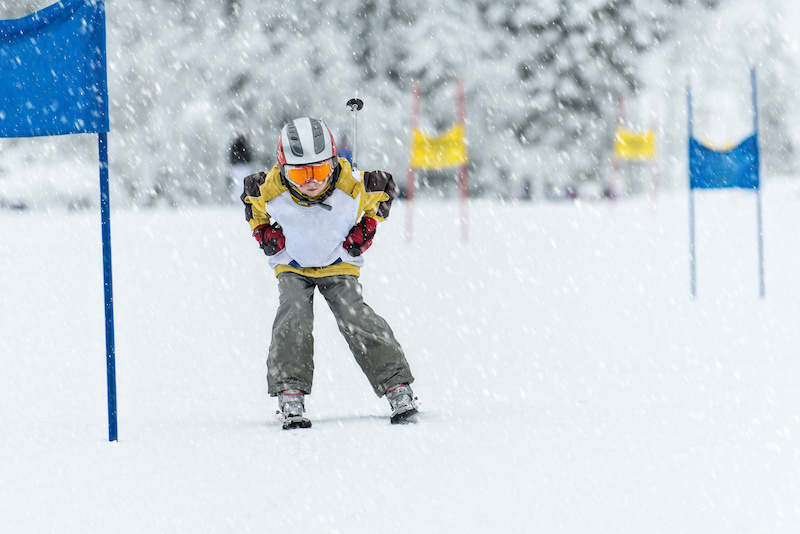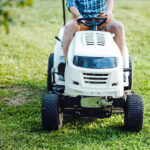Ski and snowboard injuries: How to reduce your risk

If you and your family ski or snowboard, you know the joy of breathing fresh winter air while much of the world is cooped up inside. You may also know of the sports’ many benefits, such as developing strength, balance, even emotional resilience. There are plenty of upsides as long as you can keep yourself and your family injury free.
“Of all alpine sports, downhill skiing and snowboarding have the highest injury rates,” Dr. Kristin Whitney told attendees of a recent lecture at the Micheli Center on ski and snowboard injury prevention. Here are nine things you should know to enjoy an injury-free winter season.
Read more about how helmets can reduce the risk of head injuries and learn about the Sports Medicine Division.
Related Posts :
-

Ask a sports medicine specialist: Why are ACL tears so common among female athletes?
When an athlete is sprinting after an opponent who suddenly stops or changes direction, their anterior cruciate ligaments (ACLs) make ...
-

Forging a path back to school after orthopedic trauma
Orthopedic trauma can force children to miss school, sometimes for an extended period. But even when patients have regained enough ...
-

Jackie’s dreams of playing professional soccer back on track after ACL surgery
From her dorm in Newcastle, England, Jackie Zapata can hear fans roaring in the soccer stadium a few blocks away. ...
-

What orthopedic trauma surgeons wish more parents knew about lawnmower injuries
Summer is full of delights: lemonade, ice cream, and fresh-cut grass to name a few. Unfortunately, the warmer months can ...





